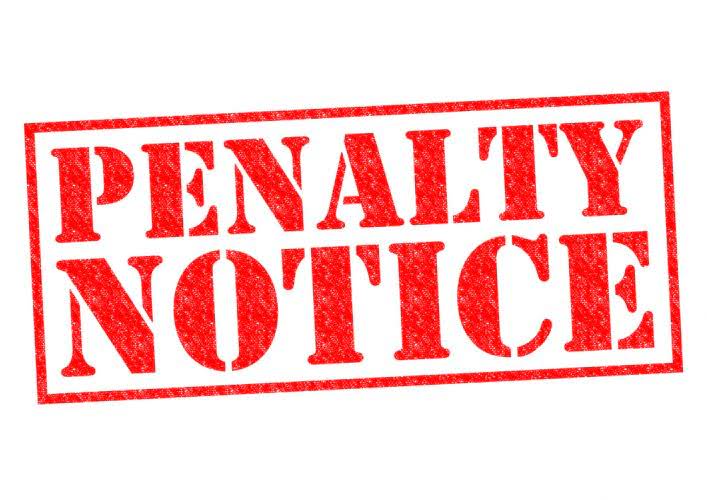
Tickmark, Inc. and its affiliates do not provide legal, tax or accounting advice. The information provided on this website does not, and is not intended to, constitute legal, tax or accounting advice or recommendations. All information straight line method equation prepared on this site is for informational purposes only, and should not be relied on for legal, tax or accounting advice. You should consult your own legal, tax or accounting advisors before engaging in any transaction.

For example, due to rapid technological advancements, a straight line depreciation method may not be suitable for an asset such as a computer. A computer would face larger depreciation expenses in its early useful life and smaller depreciation expenses in the later periods of its useful life, due to the quick obsolescence of older technology. It would be inaccurate to assume a computer would incur the same depreciation expense over its entire useful life.
How to Convert an Equation of Straight Line From Point-Slope Form to Slope-Intercept Form?
The last accounting year in which an asset is depreciated is either the one in which it is sold or the one in which its useful life expires. Don’t worry if you’re wondering how each year’s depreciation charge was calculated https://www.bookstime.com/articles/what-is-hedge-accounting above. The straight line method is the easiest way of spreading the cost of an asset over its useful life. Over 1.8 million professionals use CFI to learn accounting, financial analysis, modeling and more.
Try your hands at solving a few interesting examples and questions for a better understanding of the concept.
Declining Balance Method
A business owner might use straight-line depreciation to find the annual depreciation expense of a piece of office equipment. The business owner can then deduct a set amount from the business’ taxes each year. Recording straight-line depreciation in financial statements involves debiting the depreciation expense account and crediting the accumulated depreciation account annually. This reflects the asset’s gradual decrease in value and its impact on the company’s financial health. Other methods, like the double-declining balance method, provide accelerated depreciation, while the units of production method link depreciation more closely to usage.
- It has a straightforward formula and an approach that reduces the occurrences of errors.
- Let’s say Spivey Company uses the straight-line method for buildings, using a useful life of 40 years.
- It is used when the companies find it difficult to detect a pattern in which the asset is being used over time.
- In the first accounting year, the asset is available only for 3 months, so we need to restrict the depreciation charge to only 3/12 of the annual expense.
- In this lesson, I explain the basics of straight line method and how you can use it to calculate the depreciation expense.
A company buys a piece of equipment worth $ 10,000 with an expected usage of 5 years. Then the enterprise is likely to depreciate it under the depreciation expense of $2000 every year over the 5 years of its use. This will also be recorded as accumulated depreciation on the balance sheet. All businesses require some sort of machinery or equipment or any other physical asset that helps them to generate revenue. These physical assets or tangible assets wear out after a point in time. For any business to arrive at a conclusive and authentic accounting report, it is important to value these tangible assets, while taking into account the drop in asset value.
